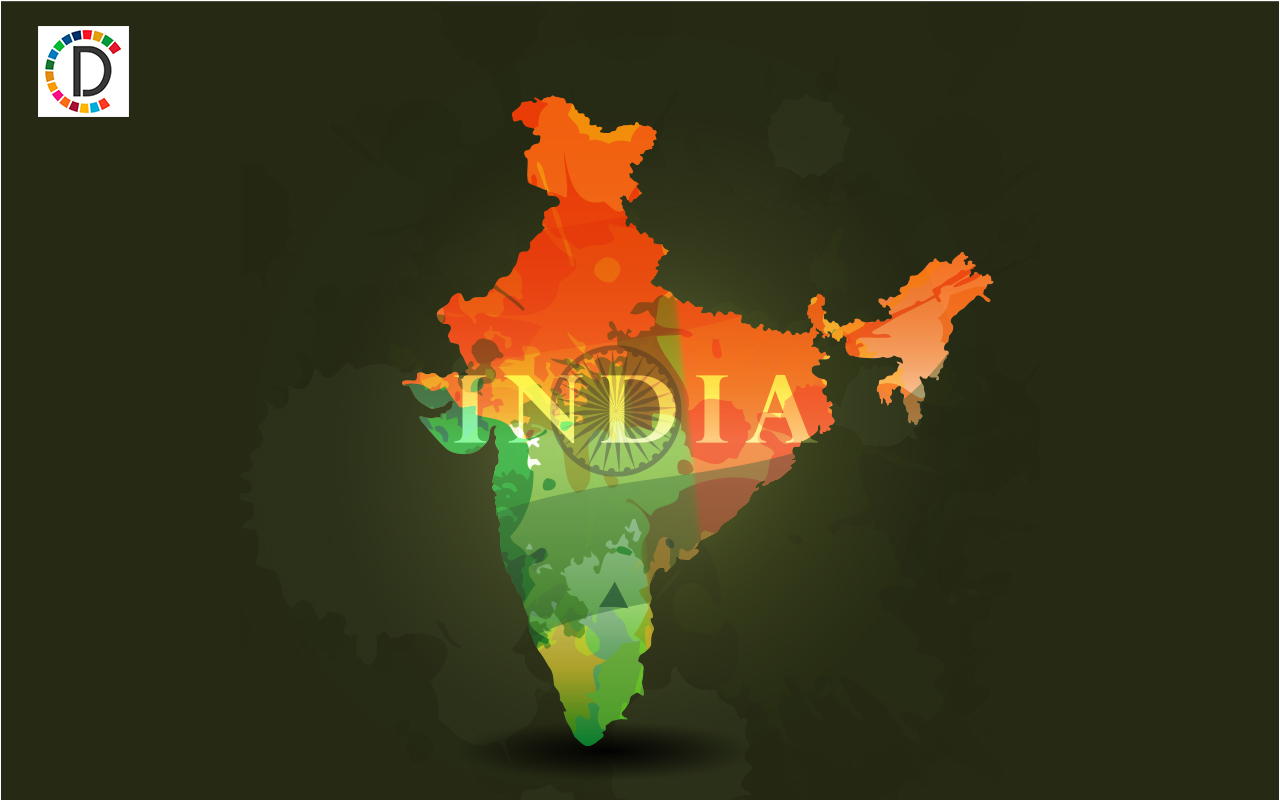Pune hospital tells tale of night when Gandhi went under the knife

- Country:
- India
It was a stormy, January day in 1924. Mahatma Gandhi was brought into the Sassoon Hospital for an operation to remove his appendix. But then the power went off due to the raging thunderstorm, and a flashlight was used but that too flickered to death while the British army surgeon was wielding the scalpel. Finally a hurricane lamp came to the rescue. Ninety-five years on, the 400 sq ft operation theatre at the government-run hospital has turned into a memorial but one that is not open to the public.
The room has, among things, a table, a trolley and some instruments used for Gandhi's surgery. also houses a rare painting depicting Gandhi being operated on. Every year on October 2, Gandhi's birth anniversary, the hospital staff offer flowers and garlands are offered at the operation theatre-turned-memorial, said Dr. Ajay Chandanwale, the dean of Sassoon General Hospital and B J Medical College.
This year, 150 years since his birth, will be no different. The hospital has planned a series of events like essay writing and elocution competitions and a book exhibition on him. American journalist Louis Fischer offers a detailed account of the surgery in his book, "Mahatma Gandhi - His Life & Times".
On March 18, 1922, Gandhi, who led the country's successful freedom struggle, was sentenced to six years imprisonment. Two days later, he was shifted from Sabarmati jail in Gujarat to Pune's Yerwada jail by a special train.
According to Fischer's book, Gandhi was taken to Sassoon Hospital from Yerwada jail on January 12, 1924, after he developed acute appendicitis. The government was ready to wait for Indian doctors to arrive from Mumbai. But just before midnight, British surgeon Col. Maddock informed Gandhi that he would have to operate immediately and the latter consented.
While the operation theatre was being readied for the surgery, V S Srinivasa Sastri, head of the Servants of India Society, and Dr Phatak, Gandhi's friend, were summoned at his request. Together, they drafted a public statement, which said Gandhi had agreed for the operation, the doctors had treated him well and there must be no anti-government agitation no matter what happens.
The hospital authorities and Gandhi knew that if the operation didn't go well, India might go up in flames. When the declaration was ready, Gandhi drew up his knees and signed it in pencil, Fischer notes in his book.
"See how my hand trembles," the Mahatma told Maddock, laughing. "You will have to put this right." Maddock replied:"We will put tons and tons of strength into it."
Subsequently, anaesthesia was administered to Gandhi. During the operation, power supply was cut off by a thunderstorm raging outside.
Then, a flashlight, which was being held up by one of the three nurses in the operation theatre, went out. The operation was completed in the light of a hurricane lamp. Gandhi thanked Maddock profusely after the successful surgery, Fischer wrote.
On February 5, 1924, the government remitted Gandhi's remaining sentence and released him unconditionally. PTI SPK GK DIV VJ
VJ
(This story has not been edited by Devdiscourse staff and is auto-generated from a syndicated feed.)
ALSO READ
US considers easing warnings for Americans traveling to China
Special Polling Stations Established in Remote Areas of Gujarat, Including Forests and Small Islands
Traffic congestion on Navi Mumbai-Thane Belapur road after truck overturns
US: Jain Acharya Lokesh honoured with American Presidential Award
Indian-American golfers Theegala and Bhatia set their sights on making a mark at Augusta Masters










